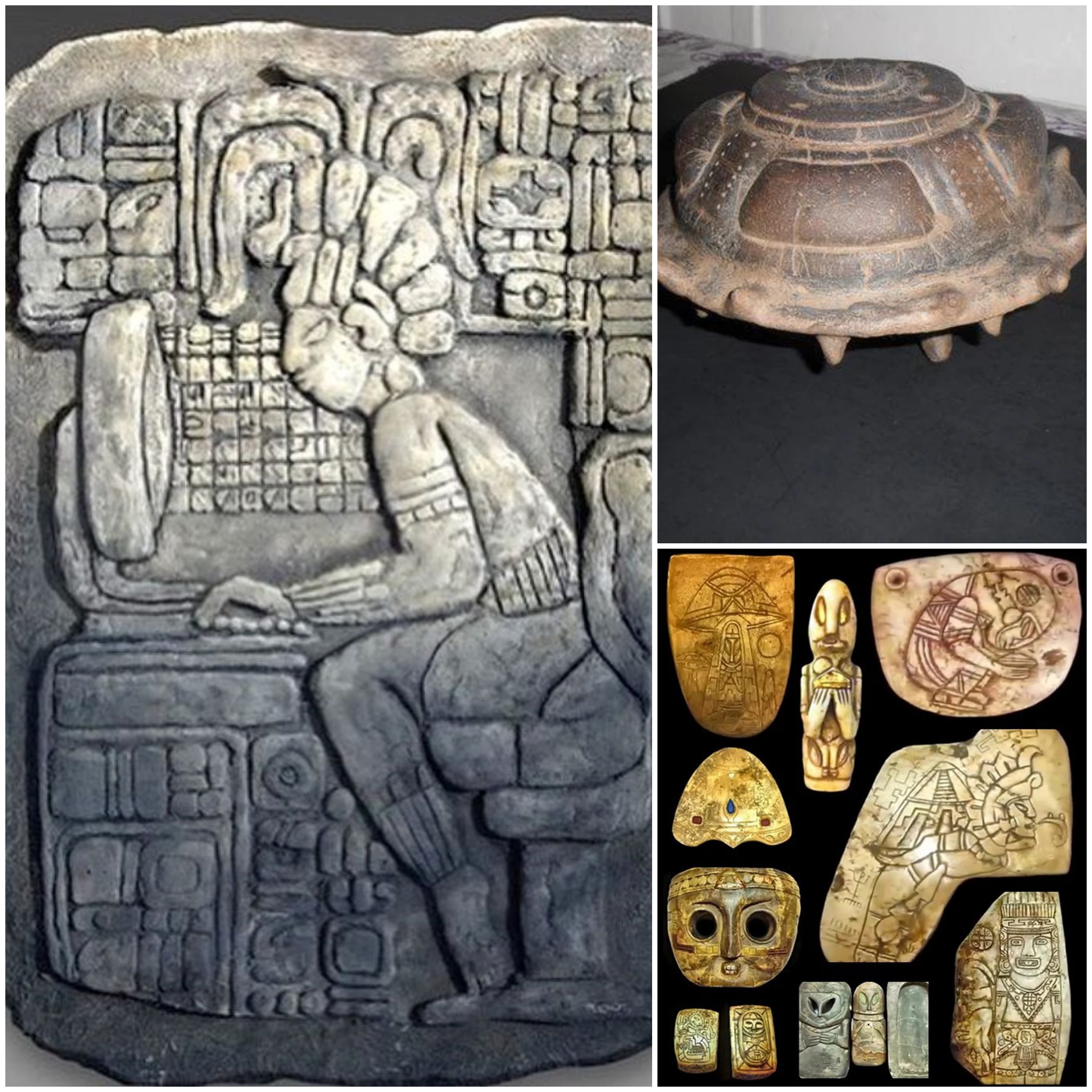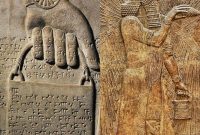The mysteries of ancient civilizations have long captivated the human imagination, with none more enigmatic than the Mayans. Renowned for their advanced knowledge of astronomy, mathematics, and architecture, the Mayans left behind a legacy that continues to intrigue scholars and enthusiasts alike. Among the myriad theories surrounding this ancient civilization, one particularly controversial claim persists: that the Mayans were, in fact, extraterrestrial beings. While such assertions may seem far-fetched, proponents of the theory cite various pieces of evidence to support their claims.

One of the most compelling pieces of evidence put forth by proponents of the “Mayans as aliens” theory is the architectural marvels left behind by this ancient civilization. The precision and complexity of Mayan structures, such as the towering pyramids of Chichen Itza and the intricate carvings of Palenque, are often cited as evidence of advanced extraterrestrial technology. The sheer scale and intricacy of these constructions, combined with the limited technological resources available to the Mayans, have led some to speculate that they received assistance from beings beyond our planet.
Moreover, proponents of the theory point to the Mayans’ sophisticated understanding of astronomy as further evidence of their extraterrestrial origins. The Mayan calendar, in particular, is renowned for its accuracy and complexity, with the Long Count calendar able to track time over vast epochs with remarkable precision. Some theorists argue that such knowledge could only have been imparted by advanced extraterrestrial civilizations, as the Mayans lacked access to telescopes or other advanced astronomical instruments.
Additionally, proponents of the “Mayans as aliens” theory point to the depictions of otherworldly beings found in Mayan artwork and iconography. Images of humanoid figures with elongated heads, almond-shaped eyes, and other features reminiscent of modern depictions of aliens are often interpreted as evidence of contact with extraterrestrial beings. Furthermore, ancient texts and inscriptions are sometimes interpreted as describing encounters with beings from other planets or dimensions.
Despite the intriguing nature of these claims, it’s important to approach them with a critical eye. Skeptics argue that attributing the achievements of ancient civilizations to extraterrestrial intervention undermines the ingenuity and resourcefulness of human beings. They point to alternative explanations for Mayan accomplishments, such as cultural transmission, ingenuity, and the accumulation of knowledge over generations.
Furthermore, many of the purported pieces of evidence supporting the “Mayans as aliens” theory are subject to interpretation and speculation. The images and symbols found in Mayan artwork may have cultural or religious significance unrelated to extraterrestrial beings, and the technological achievements of the Mayans can be explained through a thorough understanding of their culture and capabilities.
While the idea of the Mayans as aliens may capture the imagination, it remains a speculative theory lacking concrete evidence. As we continue to unravel the mysteries of this ancient civilization, it’s essential to approach such claims with skepticism and an open mind. Whether the Mayans were earthly innovators or recipients of extraterrestrial knowledge, their legacy continues to inspire wonder and fascination, reminding us of the enduring mysteries of the past.



